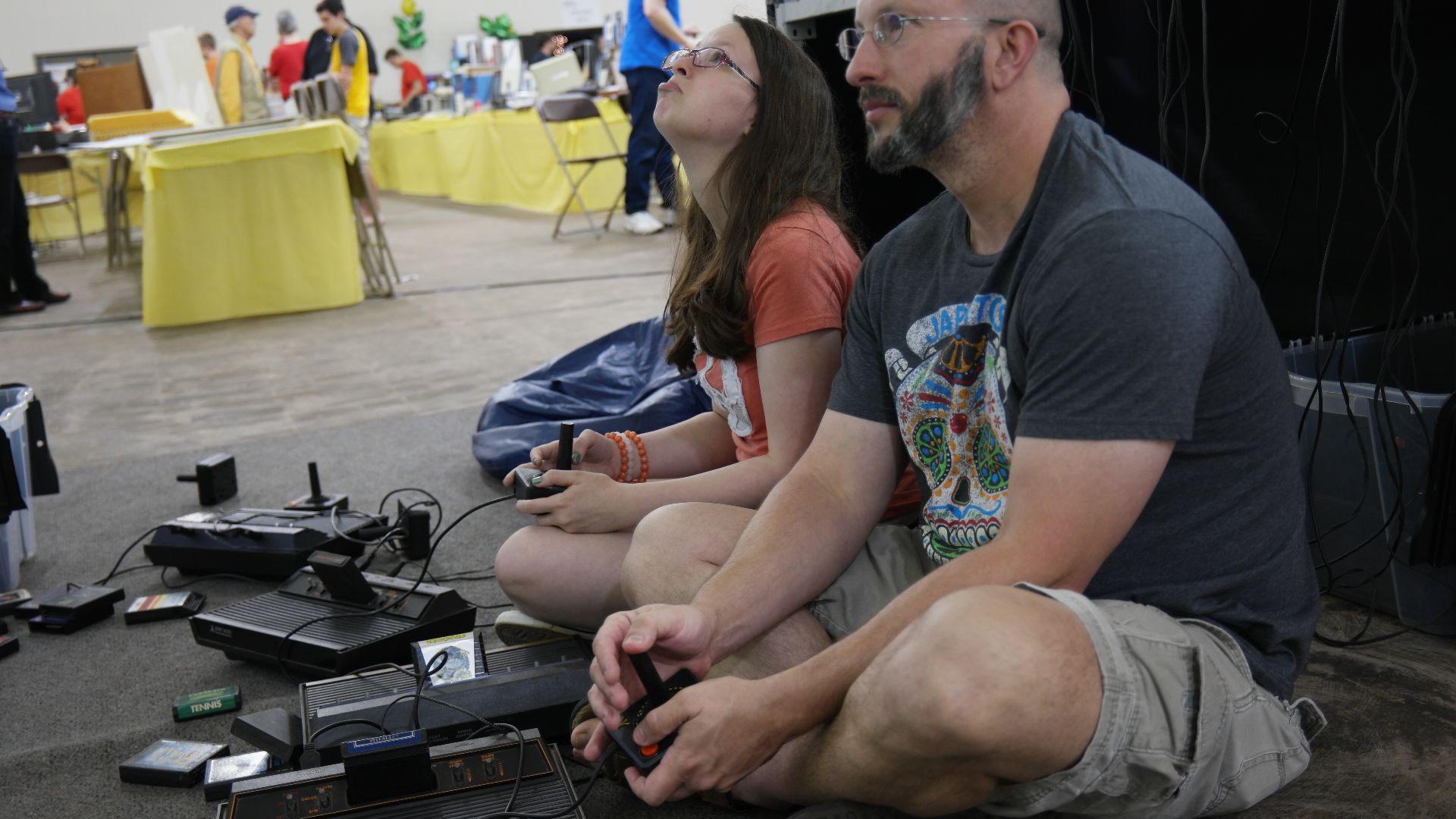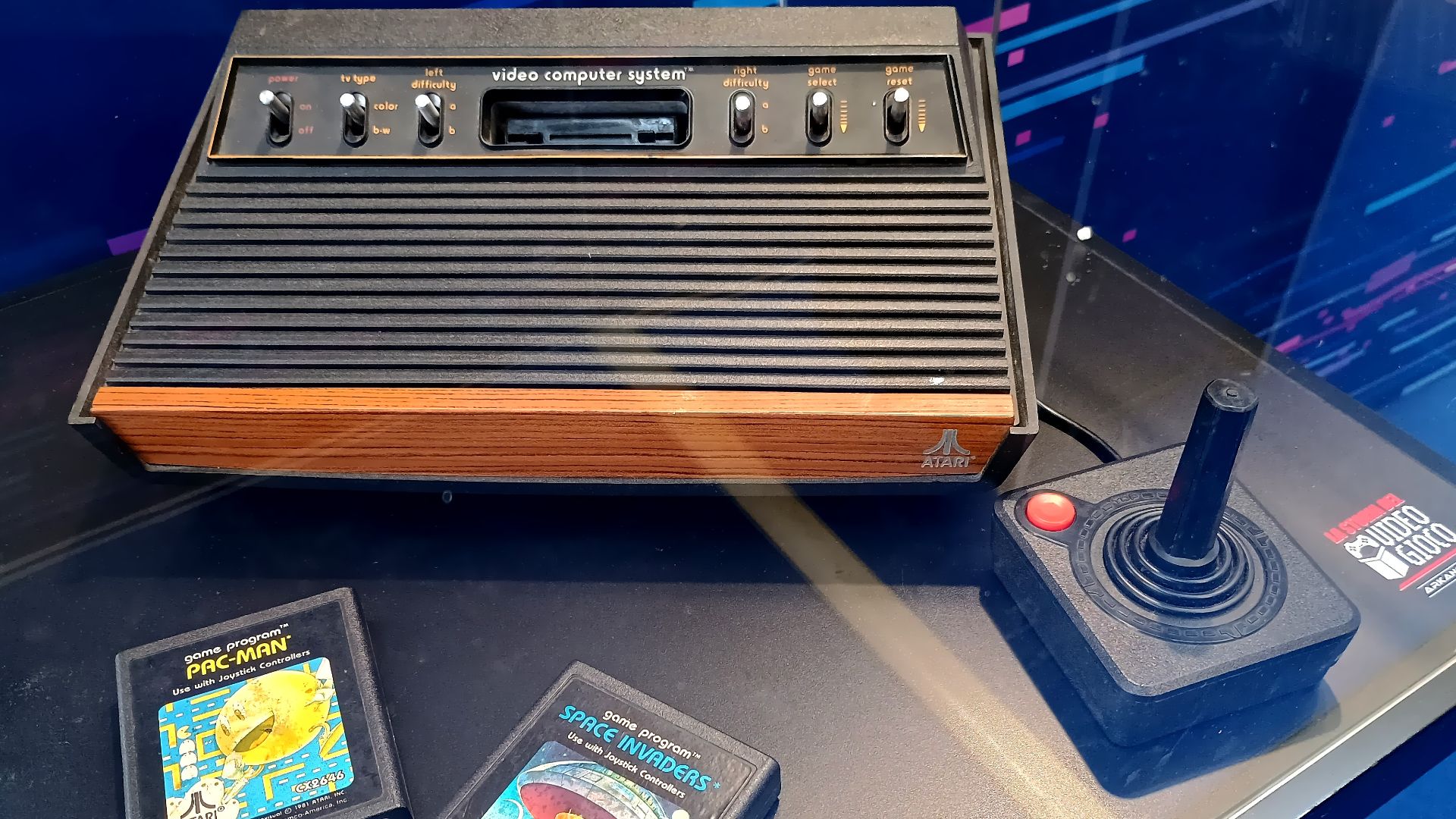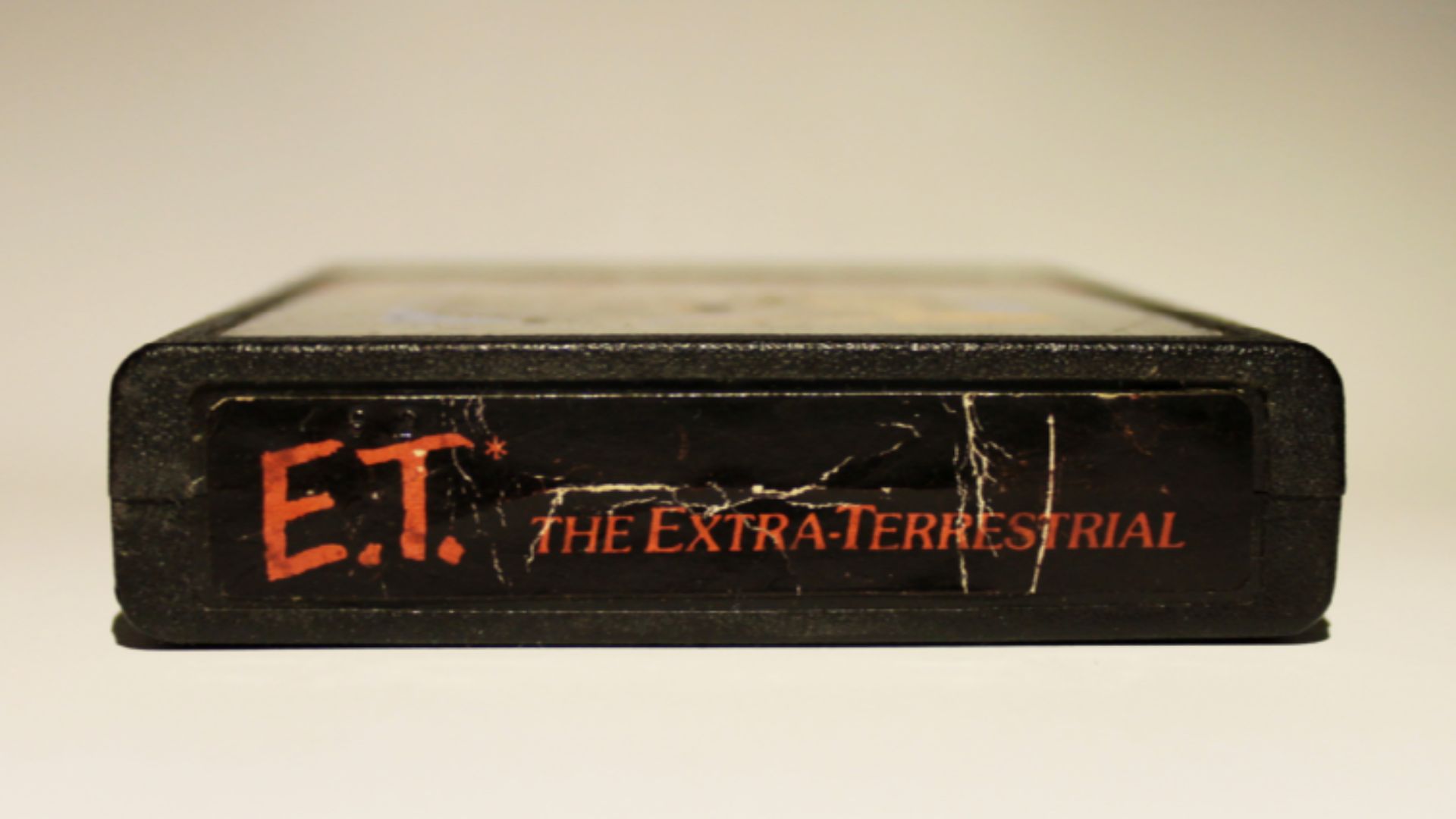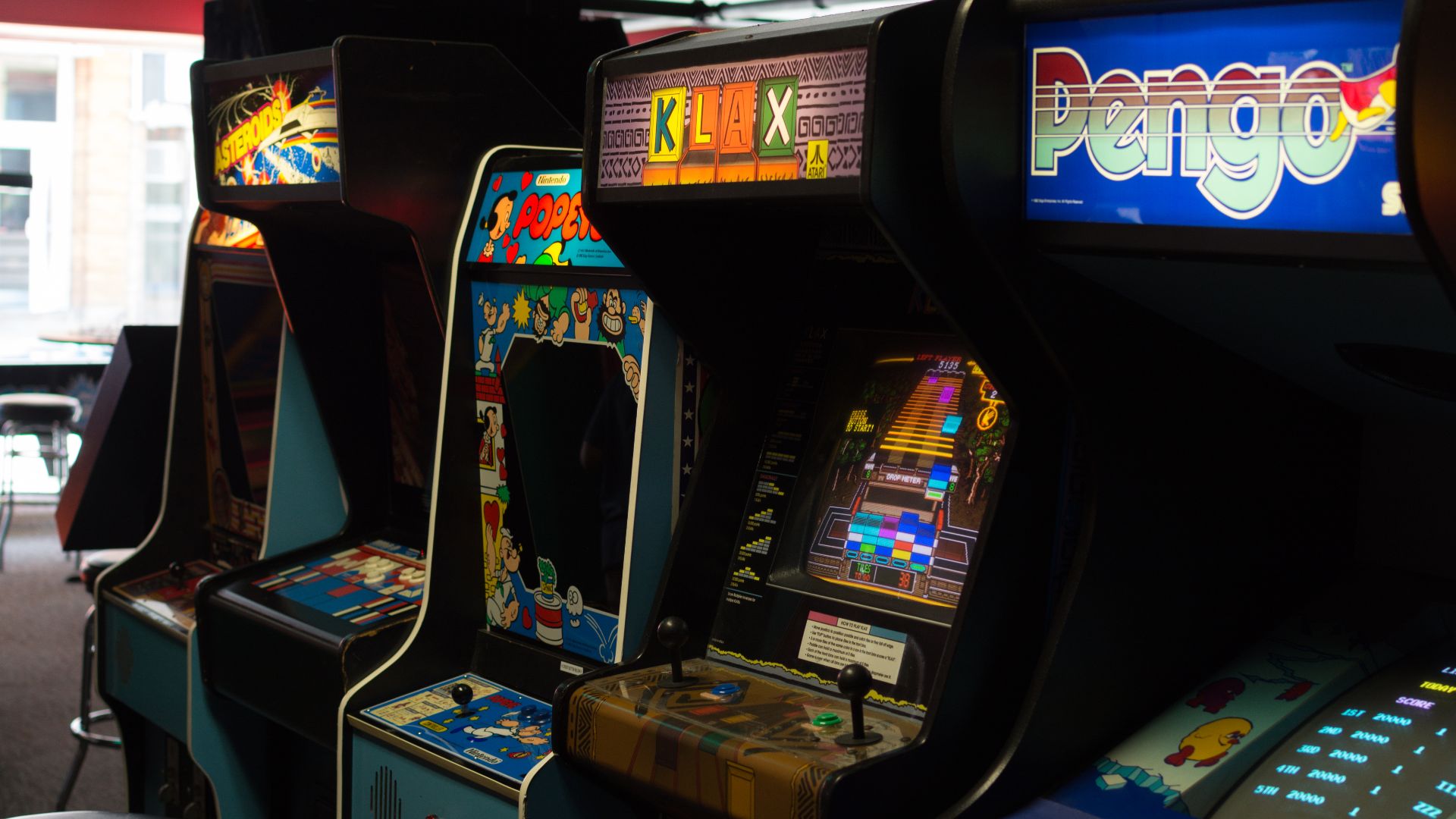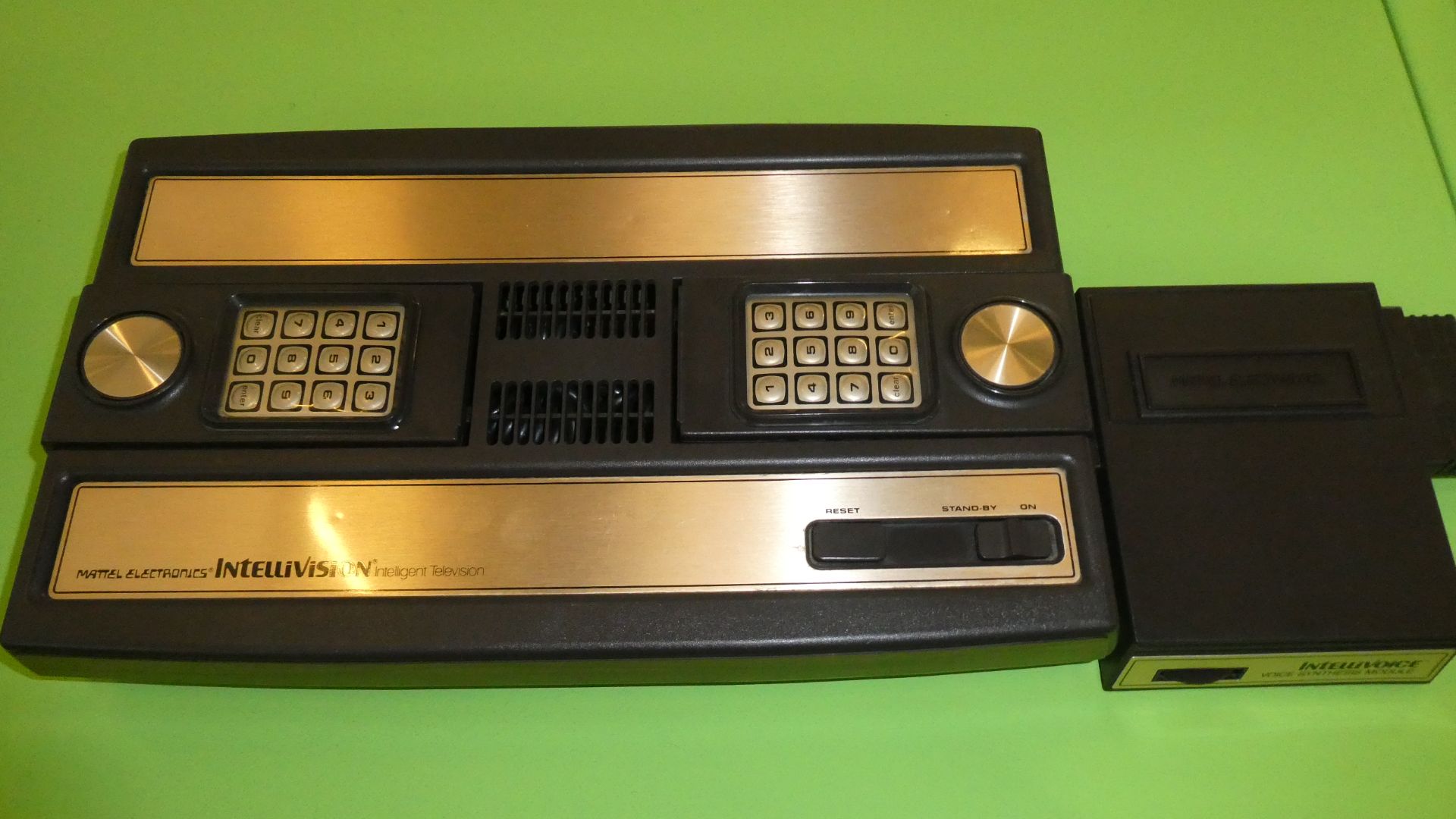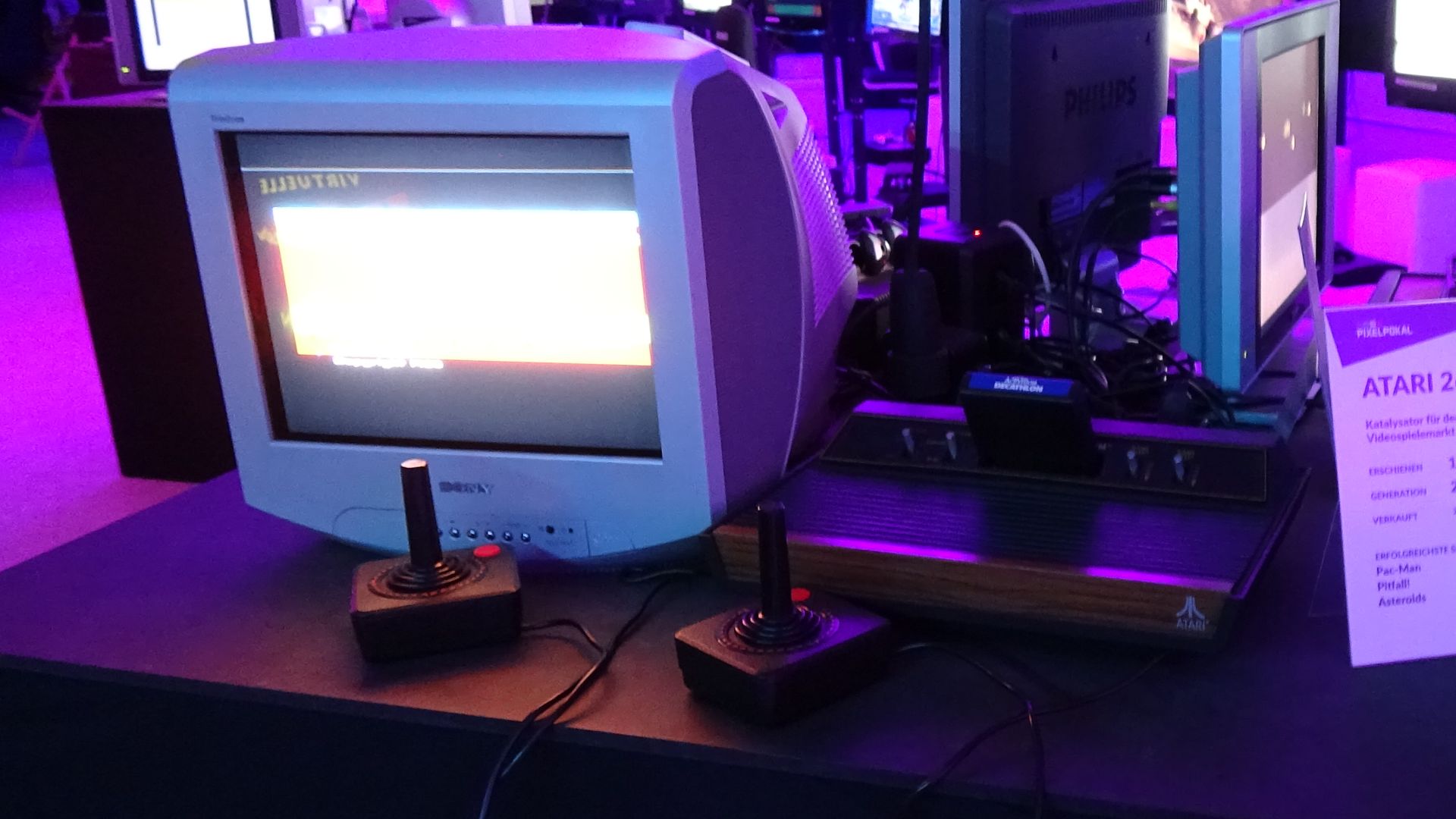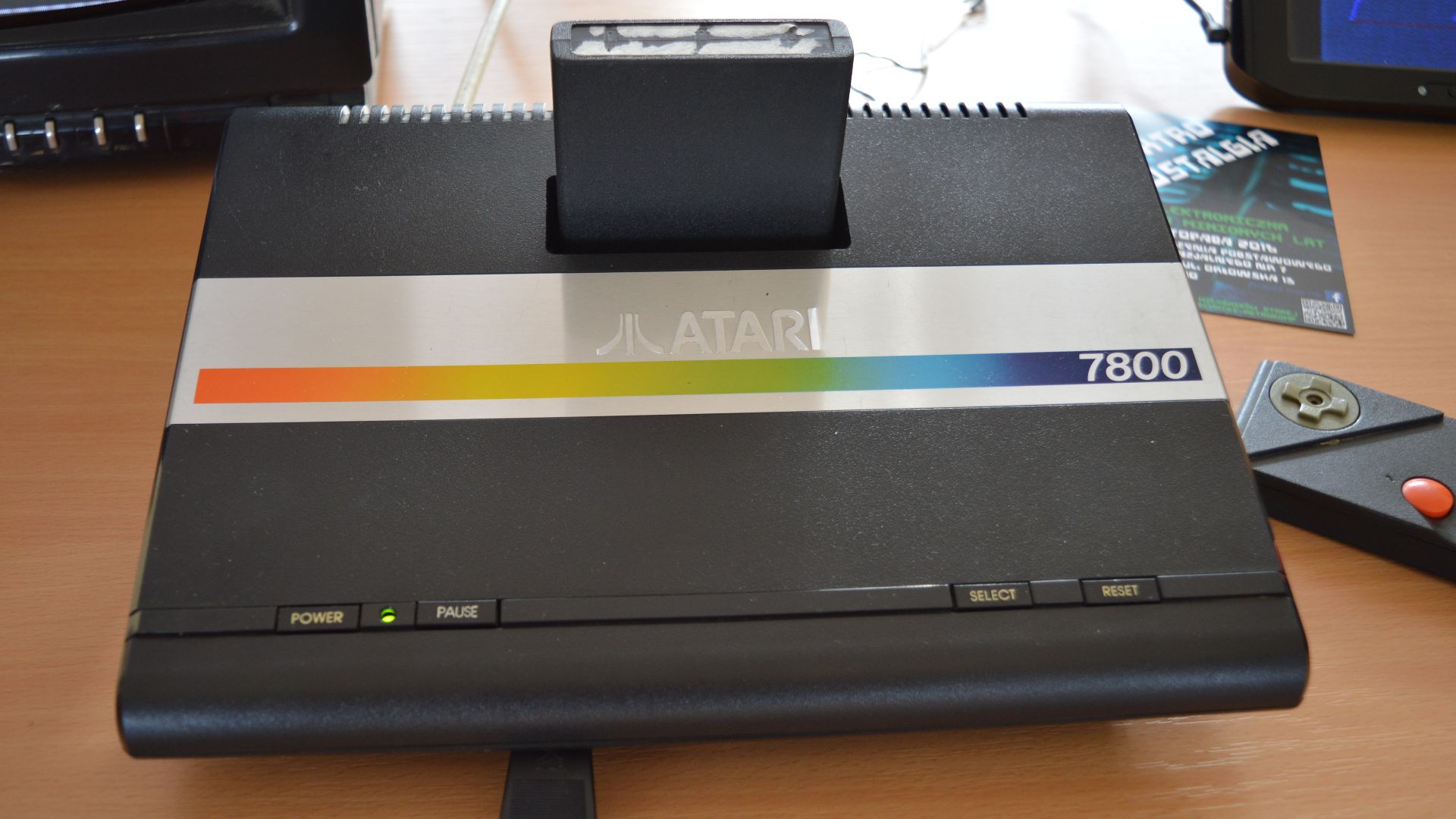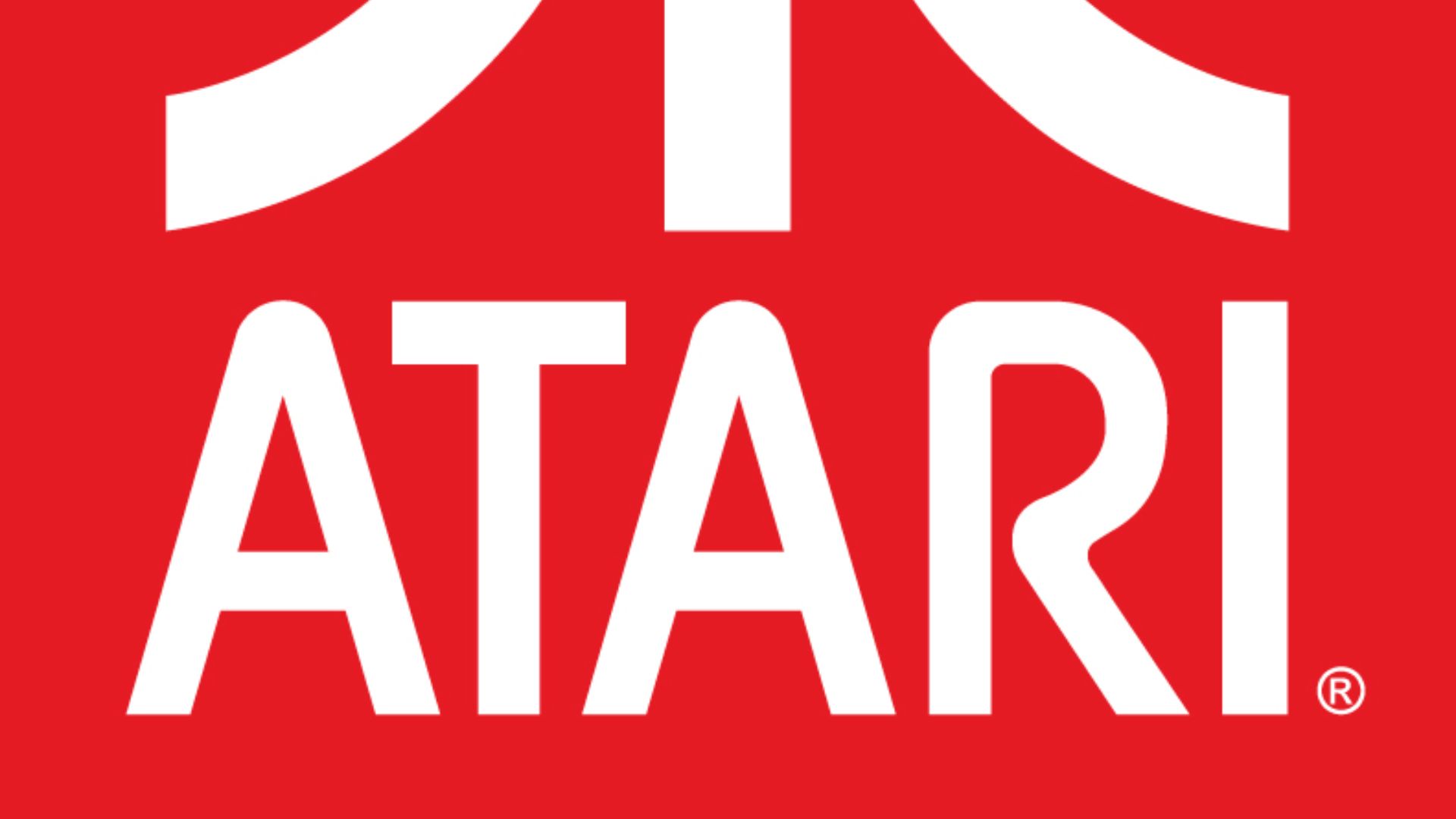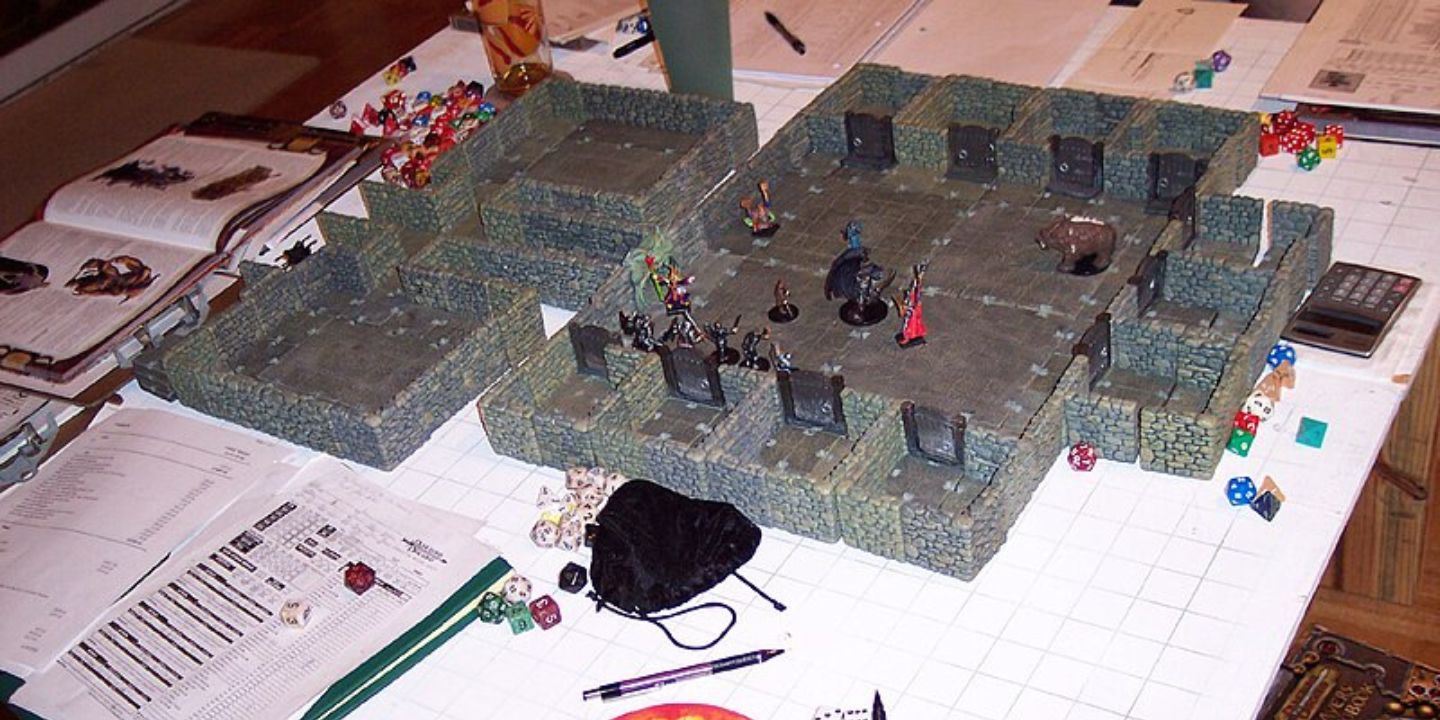Beyond The Screen
Atari once felt like the heartbeat of gaming. It was the company everyone talked about, the one shaping living rooms and arcades alike. Then the story shifted, slowly at first, and suddenly it wasn’t the same giant anymore. What happened wasn’t just business—it was cultural, personal, and at times messy. Looking back now, Atari’s tale feels less like a straight line and more like a winding, unpredictable ride.
1. Founded In 1972
Atari's origin story begins with two ambitious engineers who dared to dream differently in 1972. Nolan Bushnell and Ted Dabney initially called their venture Syzygy. However, they soon discovered another company already held that name, forcing them to pivot to “Atari."
 Max Photography for GDC Online on Wikimedia
Max Photography for GDC Online on Wikimedia
2. Pong's Explosive Success
What made Pong extraordinary wasn't its graphics or complexity, but rather the immediate, visceral connection it created between human and machine. The prototype machine, installed at a local bar called Andy Capp's Tavern, began generating an unprecedented $35 to $40 in quarters daily.
3. First Home Console Hit
Long before sleek PlayStation consoles, Atari made a bold aesthetic choice that captured the domestic aspirations of 1970s America. They wrapped their revolutionary technology in fake wood paneling. The Atari Video Computer System, launched in 1977, was later renamed the Atari 2600.
4. Selling To Warner Bros
The $28 million acquisition of the company by Warner Communications in 1976 represented one of the most significant corporate transactions in early gaming history. Warner's deep pockets and established distribution networks provided the infrastructure that Atari desperately needed to mass-produce the Video Computer System.
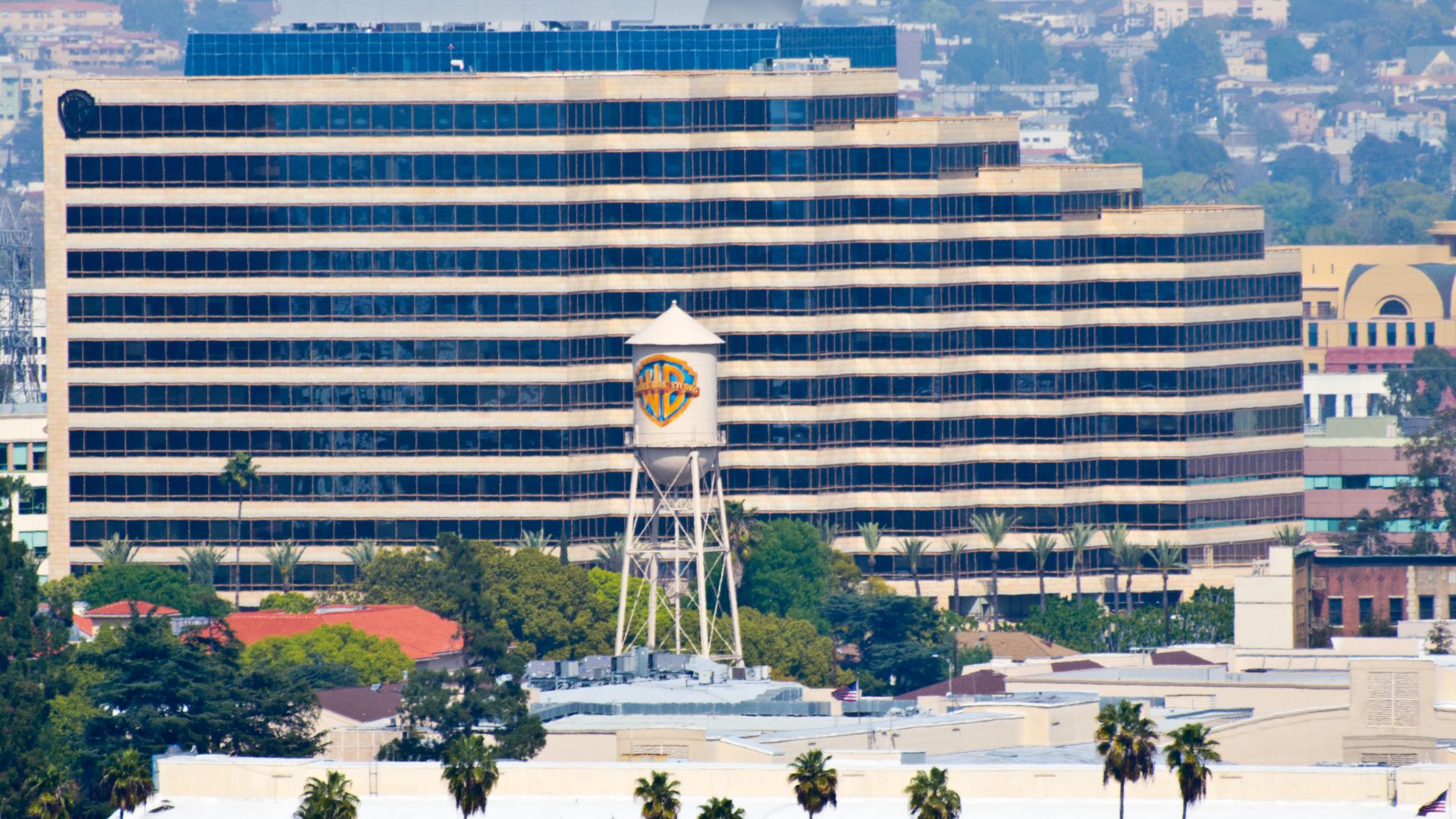 Antoine Taveneaux on Wikimedia
Antoine Taveneaux on Wikimedia
5. Pac-Man's Infamous Port
Pac-Man's 1982 home release turned out to be yet another incredibly paradoxical success story. This commercial triumph simultaneously damaged Atari's reputation with the very customers who made it profitable. The Atari 2600 version was widely criticized for its poor graphics.
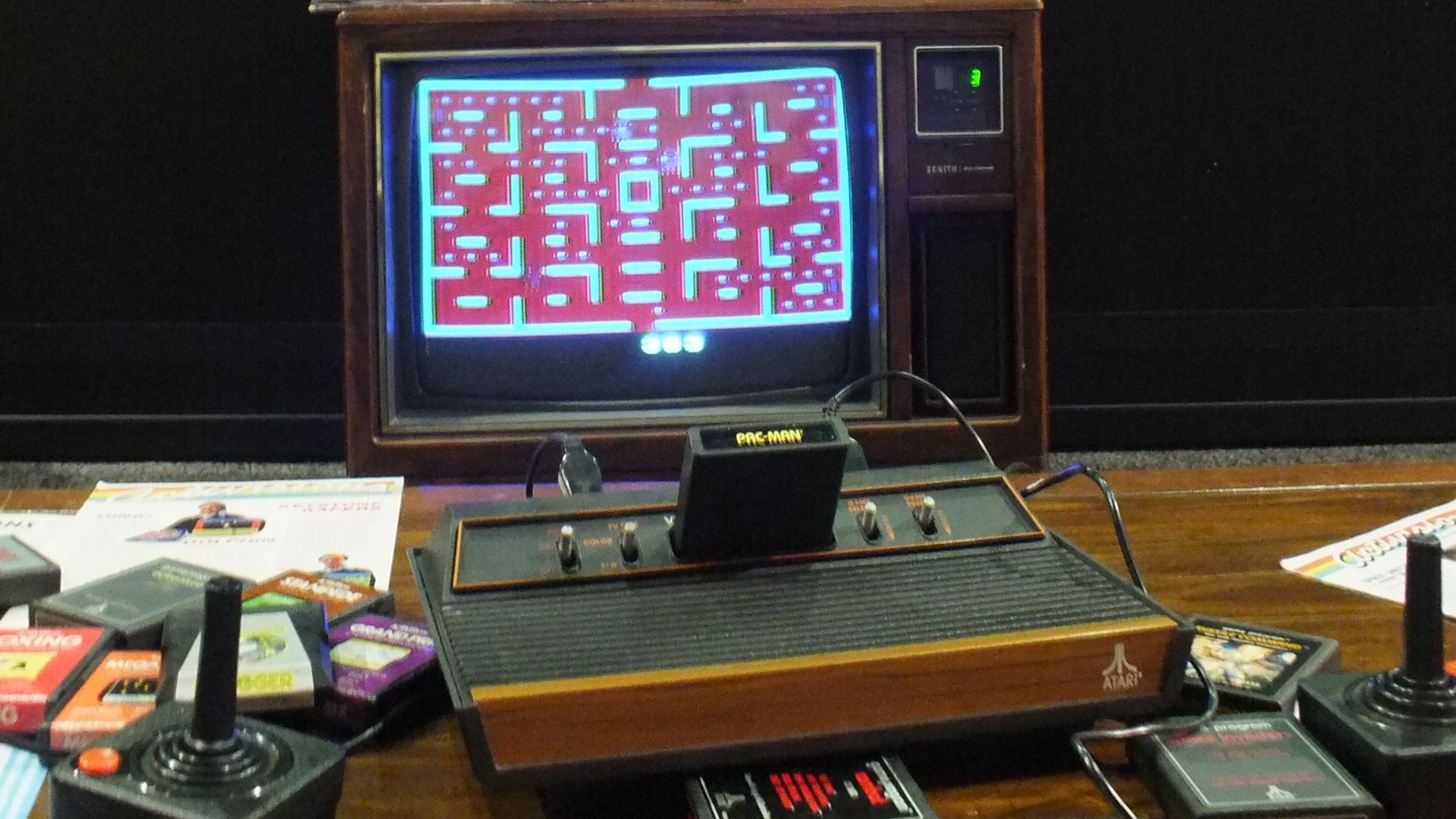 - EMR - from Chicago, USA on Wikimedia
- EMR - from Chicago, USA on Wikimedia
6. The E.T. Disaster
This brand’s most catastrophic failure began with an expensive gamble: spending $20–25 million to license Steven Spielberg's blockbuster film E.T. in 1982. Corporate pressure and unrealistic deadlines forced the development team to complete the entire game in just five weeks.
7. Arcade Golden Age
Before home consoles dominated living rooms, Atari’s coin-operated division ruled the darkened corridors of American arcades with an iron fist. Games like Asteroids and Centipede weren't just successful products—they were cultural phenomena that turned arcades from seedy hangouts into legitimate social spaces.
8. Record Profits In 1982
The year 1982 represented the absolute pinnacle of corporate success. After all, it generated an unprecedented $2 billion in sales. This accounted for approximately 70% of Warner Communications' total profits that year. The extraordinary financial performance was reflected in lavish employee benefits.
9. Fierce Competition Emerges
Mattel's Intellivision console, released in 1980, shattered Atari's monopoly on home gaming by offering demonstrably superior graphics and sound capabilities that made the aging 2600 system look primitive by comparison. The Intellivision's marketing campaign directly attacked Atari's technical limitations, using side-by-side comparisons.
10. Market Oversaturation
By 1983, the video game market had devolved into absolute chaos, with dozens of opportunistic companies flooding retail shelves with hastily produced, low-quality third-party games. These bore little resemblance to the carefully crafted experiences that had initially built consumer trust in the medium.
11. The 1983 Crash
The collapse kicked off with numbers that told a devastating story: North American video game revenue plummeted catastrophically from $3.2 billion in 1983 to a mere $100 million in 1985, representing one of the most dramatic industry implosions in modern business history.
12. Warner Splits Atari
Faced with the need to salvage valuable assets from their troubled gaming subsidiary, Warner Communications made the strategic decision in 1984 to divide Atari into two separate entities with distinct market focuses and operational structures. Atari Games inherited the profitable arcade division.
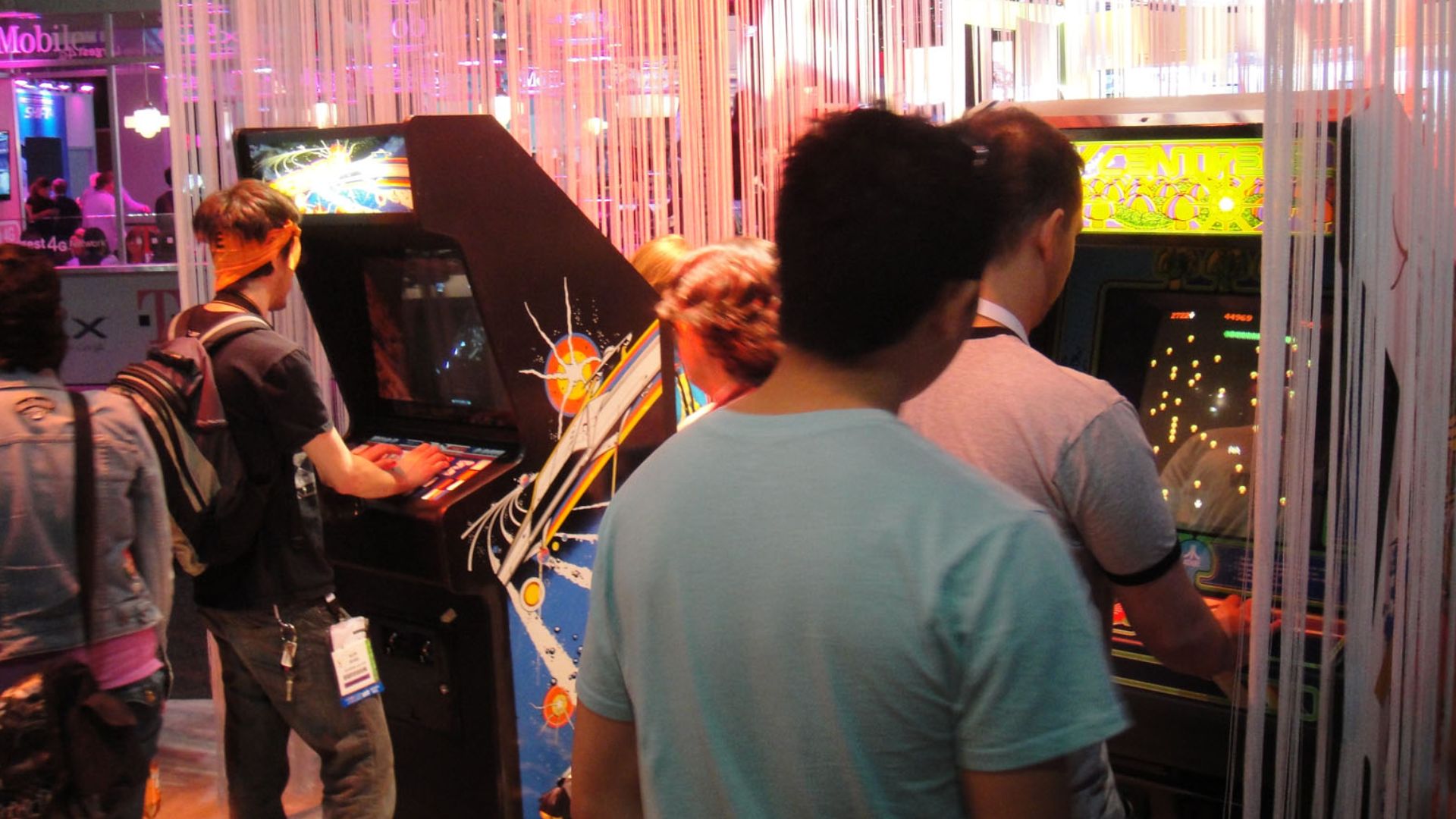 The Conmunity - Pop Culture Geek from Los Angeles, CA, USA on Wikimedia
The Conmunity - Pop Culture Geek from Los Angeles, CA, USA on Wikimedia
13. Atari ST Computer
Launched in 1985 as a powerful 16-bit personal computer, the Atari ST represented the company's ambitious attempt to reinvent itself beyond gaming and compete directly with established computer manufacturers. The ST had impressive processing power and a built-in MIDI (Musical Instrument Digital Interface).
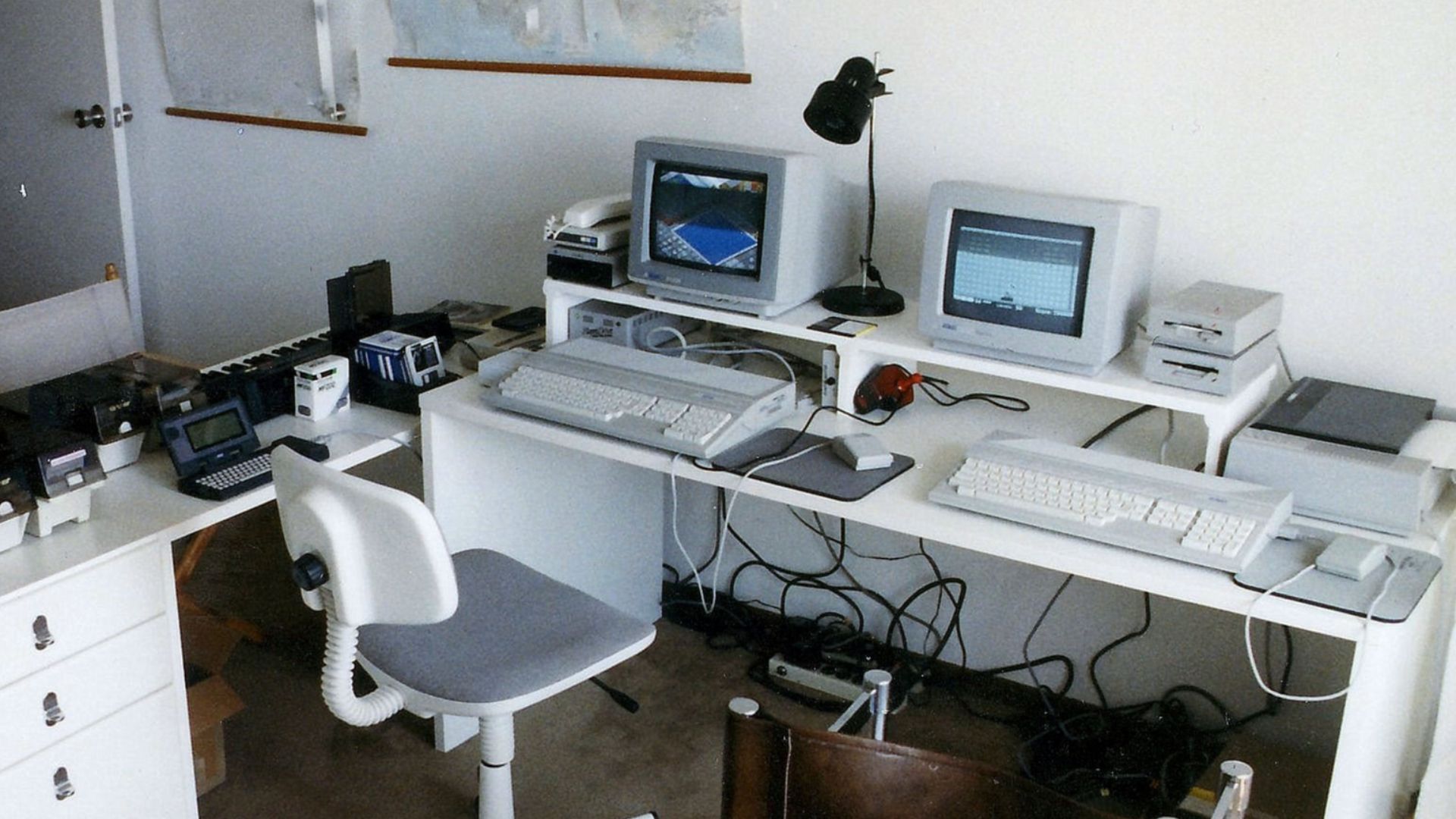 Mobilus In Mobili on Wikimedia
Mobilus In Mobili on Wikimedia
14. The 7800 Misstep
Atari's attempt to reclaim console supremacy came in 1986 with the release of the 7800, a system designed specifically to compete against Nintendo's increasingly dominant Entertainment System. Critical development delays and a shortage of compelling exclusive titles doomed the 7800 to commercial failure.
15. Jaguar's Bold Gamble
Its final desperate attempt to regain gaming relevance came in 1993 with the Jaguar, marketed as the first 64-bit console. However, its complicated multi-processor architecture was underpowered and difficult to program, while its confusing controller layout became legendary among gaming's worst peripherals.
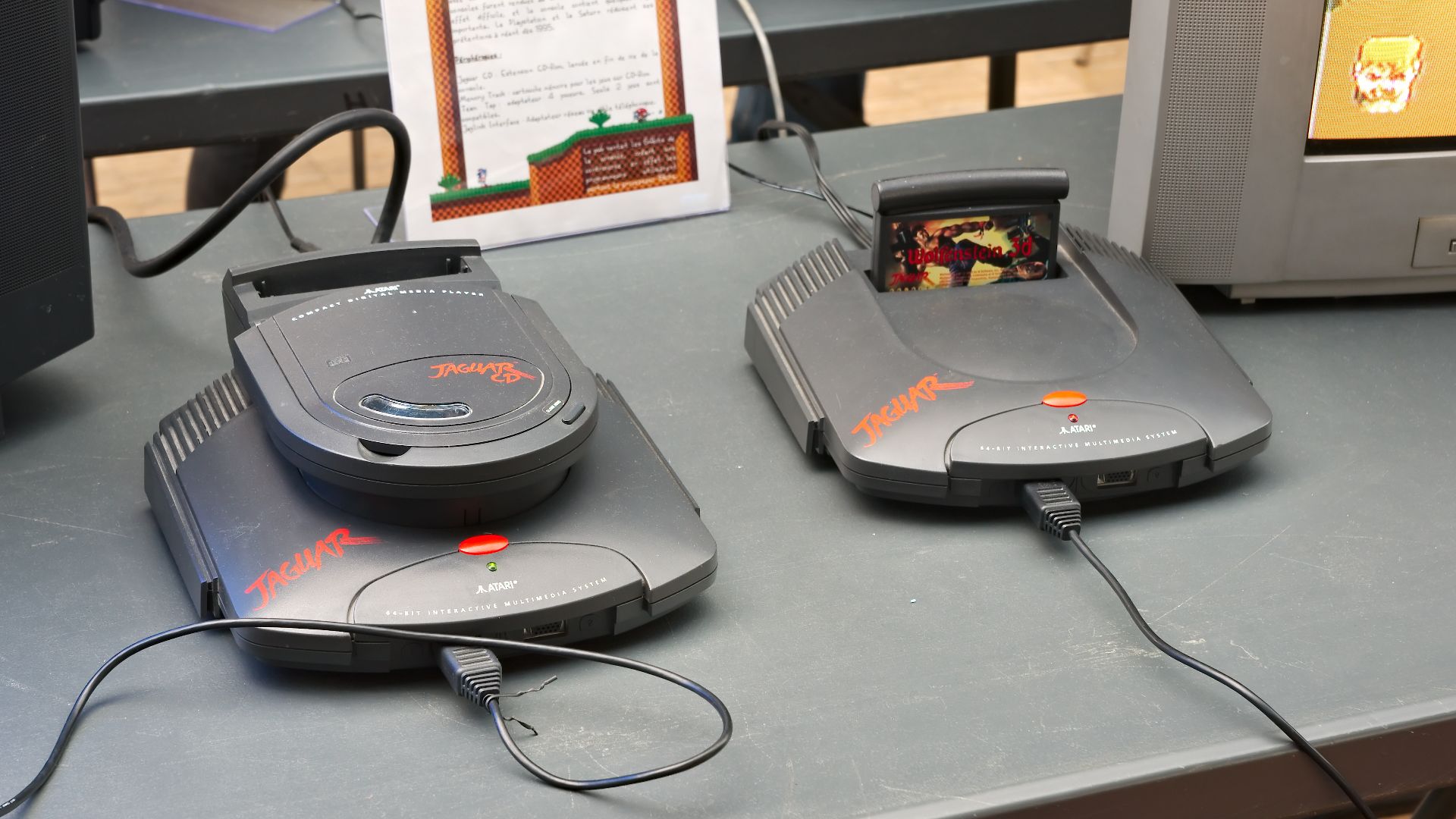 Frédéric BISSON from Rouen, France on Wikimedia
Frédéric BISSON from Rouen, France on Wikimedia
16. Lynx Handheld Struggles
The Atari Lynx debuted in 1989 as a technological marvel. Its innovative design included a backlit display featuring the first color LCD screen and advanced graphics capabilities. Well, these features came at a devastating cost: the Lynx's premium price point.
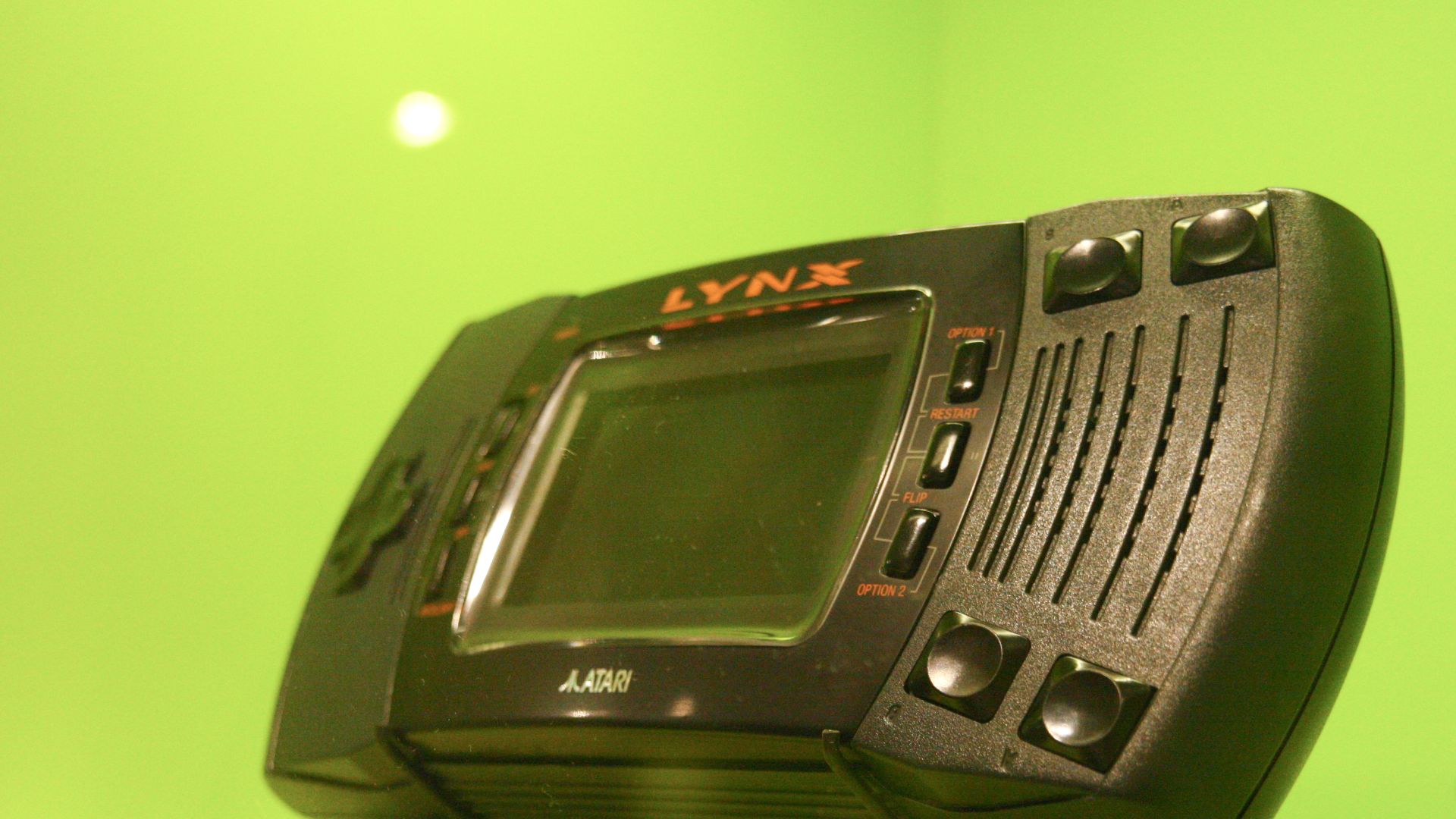 Philip Brechler from Berlin, Germany on Wikimedia
Philip Brechler from Berlin, Germany on Wikimedia
17. Lawsuits And Clashes
Atari sued Activision in 1980 after former employees formed the first successful third-party game publisher, threatening its monopolistic control over software development. The lawsuit was settled in 1982. The brand reshaped industry standards and established legal precedent for independent game development.
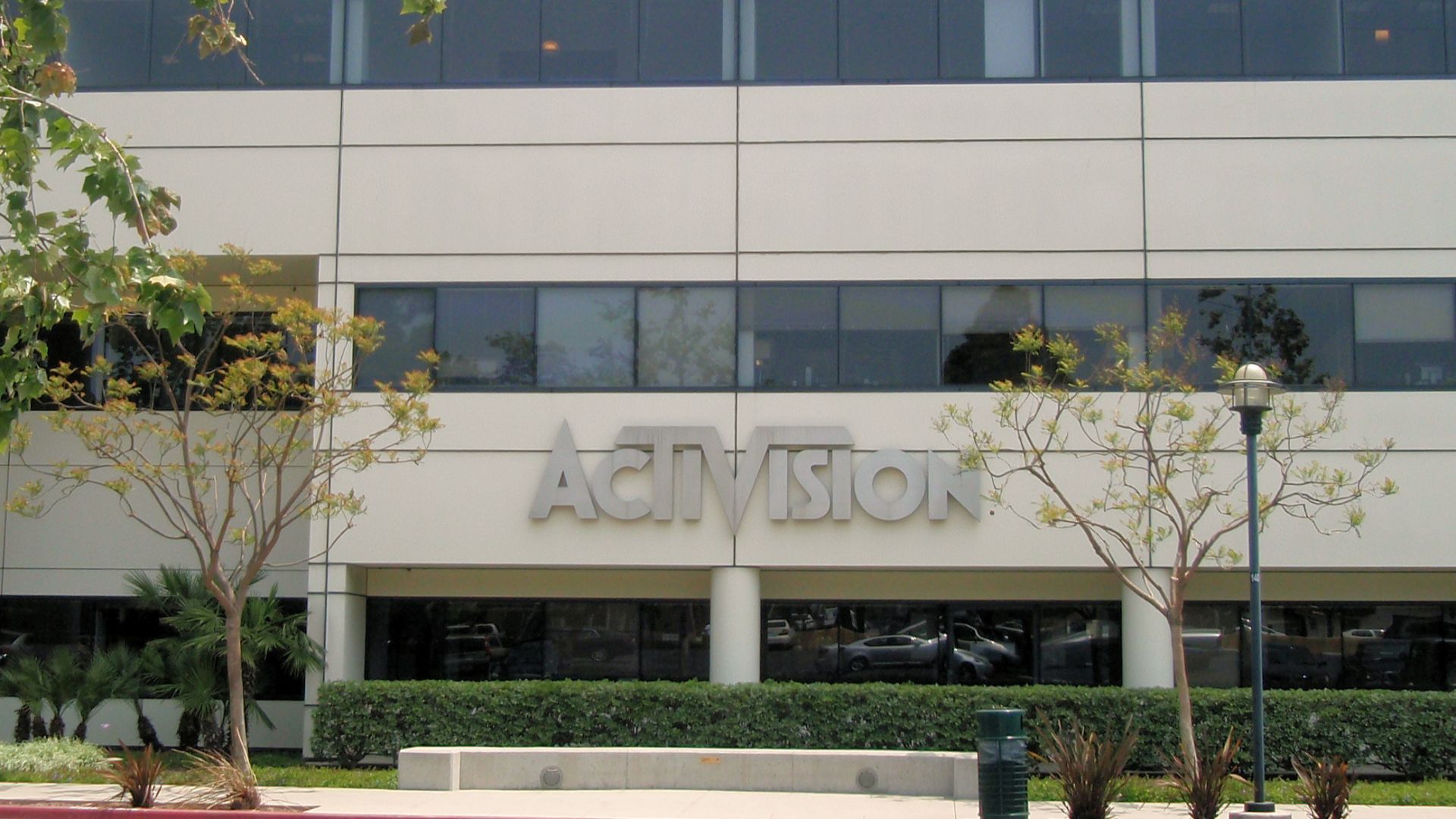 w:User:Coolcaesar on Wikimedia
w:User:Coolcaesar on Wikimedia
18. Atari's Cultural Footprint
Beyond commercial success, Atari transcended the boundaries of entertainment to become a cultural symbol. It appeared in iconic films like Blade Runner and Ready Player One as shorthand for technological innovation. The establishment's distinctive logo and classic games became embedded in popular culture.
 Blade Runner 2049 ATARI shot in Blender 2.8 by James Philbrick
Blade Runner 2049 ATARI shot in Blender 2.8 by James Philbrick
19. Hasbro's Revival Attempt
In 1998, toy giant Hasbro acquired Atari's remaining intellectual property assets for a relatively modest $5 million. Hasbro's strategy focused on re-releasing beloved titles like Centipede and other arcade classics on modern gaming platforms, hoping to capitalize on the growing retro gaming movement.
 Kenneth C. Zirkel on Wikimedia
Kenneth C. Zirkel on Wikimedia
20. The Brand Lives On
French company Infogrames completed its transformation into Atari SA in 2009. It officially adopted the iconic name and logo that had once represented the pinnacle of American gaming innovation. Today's Atari continues to license classic games and develop retro-inspired products.


